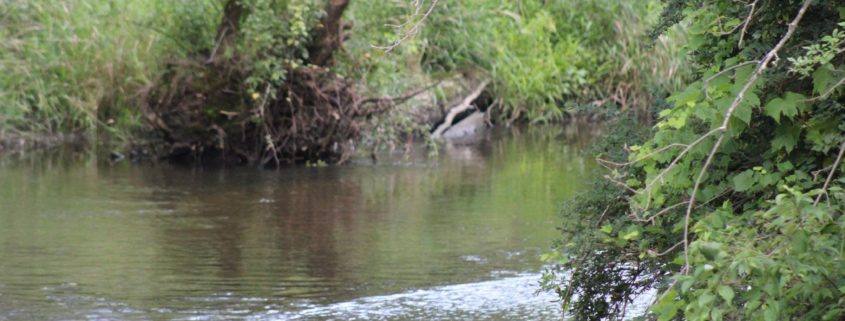Summary from 10/ 23/ 2017 report prepared by Streamside Ecological Services.
The study found that Buck Creek is impacted by a variety of issues. Brown trout populations do indeed inhabit Buck Creek, but not in every stretch of the creek. Stream temperatures were found to be favorable for trout in portions of the watershed, such as the cool waters of Sharps Creek tributary. However, stream temperatures are too warm for trout in other areas of the watershed, including near Lemery Park.
Degraded water quality and/or physical habitat may be impacting trout and other coldwater species. Monitoring indicates that the stream is flashy and impacted by excessive sediment. Rainwater falling on agricultural, residential and commercial developments, reaches the creek faster and at warmer temperatures than rainwater falling on previous surfaces such as grasslands and forests. Data show that levels of dissolved oxygen and total dissolved solids could be limiting the survival of sensitive aquatic species.
Excessive nutrients, particularly nitrates, appear to be a ubiquitous problem in Buck Creek. Fertilizer runoff from urban and rural areas is the most likely source. Excess phosphorus concentrations were measured in the rural headwaters. E. coli, or bacteria, are also water quality concerns.
This study helped to show that Buck Creek is still a high quality stream, but it is in a fragile state. Recommendations:
- Plant a rain garden or native plants.
- Add a vegetative buffer along creek.
- Install a rain barrel.
- Reduce use of fertilizers.
- Pick up your pet waste.




